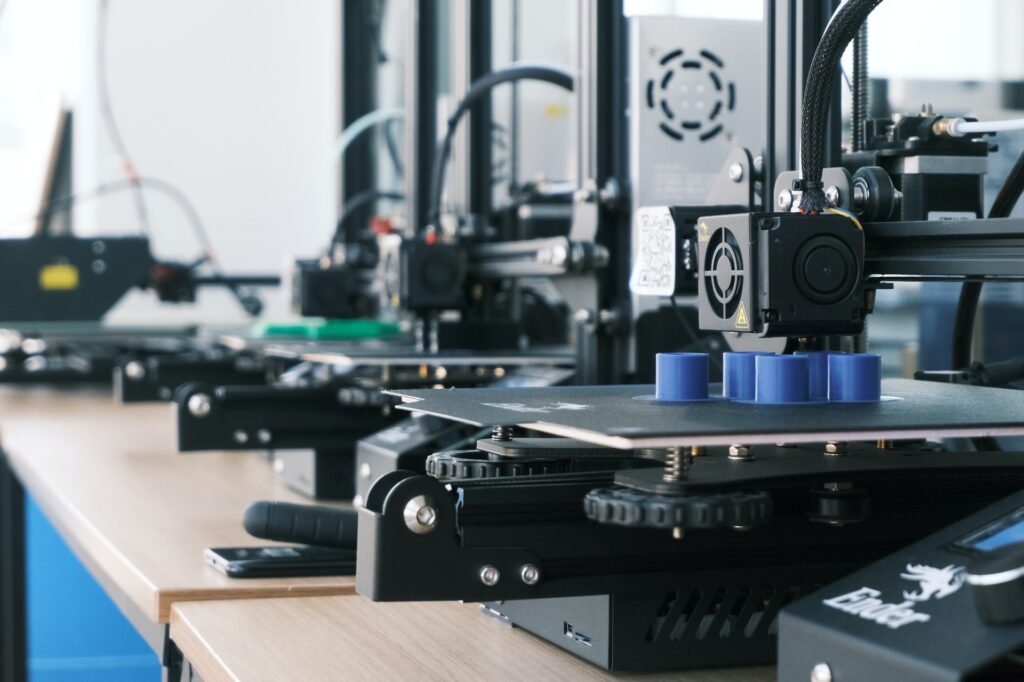3D printing is developing quickly. We now have a machine that dips into a shallow vat of translucent yellow goo and pulls out what becomes a life-sized hand. It’s just like fiction. But the seven-second video, which is sped up from 19 minutes, is real.
The hand would usually take about 6 hours to be created using conventional 3D printing techniques. The team at the University at Buffalo said that this was progress towards 3D-printed human tissue and organs — biotechnology that could eventually save countless lives lost due to the shortage of donor organs.
Ruogang Zhao, PhD, associate professor of biomedical engineering and the co-lead author added that the technology they developed is about 10-50 times faster than the industry standard and also works with large sample sizes.
The work centers on a 3D printing method called stereolithography and jelly-like materials known as hydrogels, which are used to create, among things, diapers, contact lenses and scaffolds in tissue engineering.
These can be useful in 3D printing. The team worked specifically on optimizing for achieving its incredibly fast and accurate 3D printing technique.
The technique used now significantly reduces part deformation and cellular injuries caused by the prolonged exposure to the environmental stresses you commonly see in conventional 3D printing methods.
Researchers say the method is particularly suitable for printing cells with embedded blood vessel networks, a nascent technology expected to be a central part of the production of 3D-printed human tissue and organs.
Journal Reference:
Nanditha Anandakrishnan, Hang Ye, Zipeng Guo, Zhaowei Chen, Kyle I. Mentkowski, Jennifer K. Lang, Nika Rajabian, Stelios T. Andreadis, Zhen Ma, Joseph A. Spernyak, Jonathan F. Lovell, Depeng Wang, Jun Xia, Chi Zhou, Ruogang Zhao. Fast Stereolithography Printing of Large‐Scale Biocompatible Hydrogel Models. Advanced Healthcare Materials, 2021; 2002103 DOI: 10.1002/adhm.202002103

